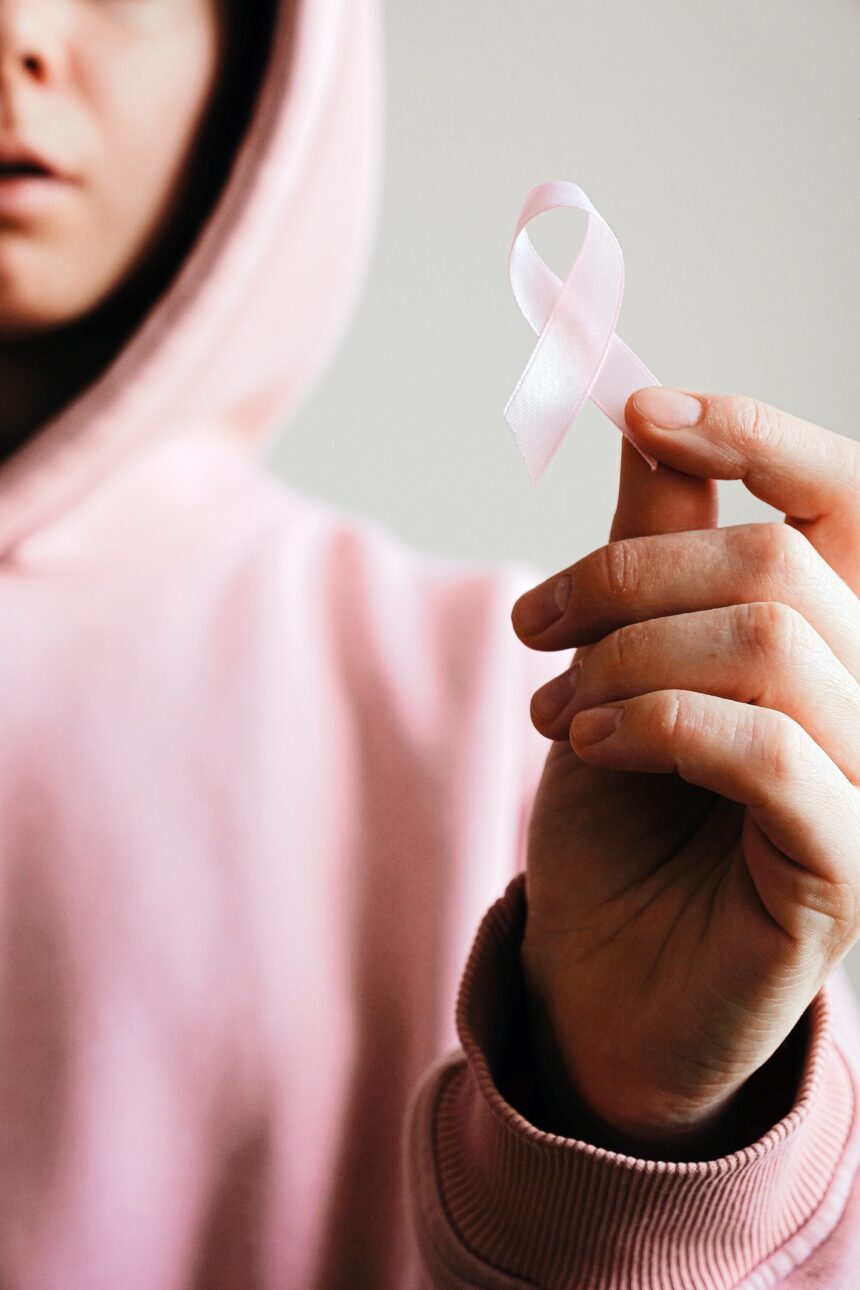Breast Cancer prevention is about minimizing the risk factors of getting breast cancer, there is no sure way to prevent breast cancer, however, there are steps and things one can do to lower the risk of getting it, such as maintaining a healthy lifestyle, self-examinations amongst others.
Maintaining a Healthy Lifestyle; it is important to maintain a healthy lifestyle such as eating a balanced diet that consists of fruits and vegetables, they provide essential vitamins, minerals, and antioxidants that help protect cells from damage. Excessive alcohol intake is associated with an increased risk of breast cancer, it is recommended that women limit their alcohol intake. Also, regular exercise has several benefits for breast cancer prevention. It helps maintain a healthy weight and reduces levels of estrogen and insulin, which can promote the growth of breast cancer cells.
Breast Self-Exams; it is advisable to perform breast self-exams once a month, especially a few days after menstruation when the breast is less tender. The importance of this self-examination is to notice any change such as lump, thickening, or nipple discharge, immediately after these changes are noticed, it is important to contact a healthcare professional for proper evaluation. Self-examination can be done by standing in front of a mirror and visually inspecting your breast for any changes in size, shape, or skin texture. Also, while lying down, use your fingers in a systematic movement to feel for lumps or any changes.
MUST READ;BREAST CANCER; TREATMENT OPTIONS – FOOD-AN-HEALTH (foodanhealth.com)
Mammograms; a baseline mammogram is usually recommended at around age 40 to 50, this is recommended every 1-2 years, and this serves as a reference point for future screenings. The essence of this is to detect small breast abnormalities even before they can be felt. If an abnormality is detected, a diagnostic mammogram is performed, this provides more detailed images and may include additional views or imaging techniques. This would inform treatment plans in case of any abnormalities detected.
Family History and Genetic Testing; if you have a close relative such as a mother, sister, or daughter who has been diagnosed with breast cancer at a young age, a strong family history may indicate an increased risk. You must go for genetic testing, these tests can identify specific gene mutations associated with breast cancer, and positive results can help tailor prevention and screening plans.
Breast Feeding; while this is not absolute, breastfeeding offers several benefits for both the mother and the baby including a potential reduction in breast cancer risk. It reduces exposure to estrogen and delays the return of regular menstrual cycle which can help lower the risk of certain types of breast cancer. WHO recommends breastfeeding for at least the first six months of a baby’s life, as longer durations of breastfeeding may offer greater protection.
As stated earlier, these steps can reduce the risk of breast cancer, but they do not guarantee prevention, always consult your healthcare provider to create a personalized prevention plan based on your risk factors. Remember, breast cancer is not a death sentence.


